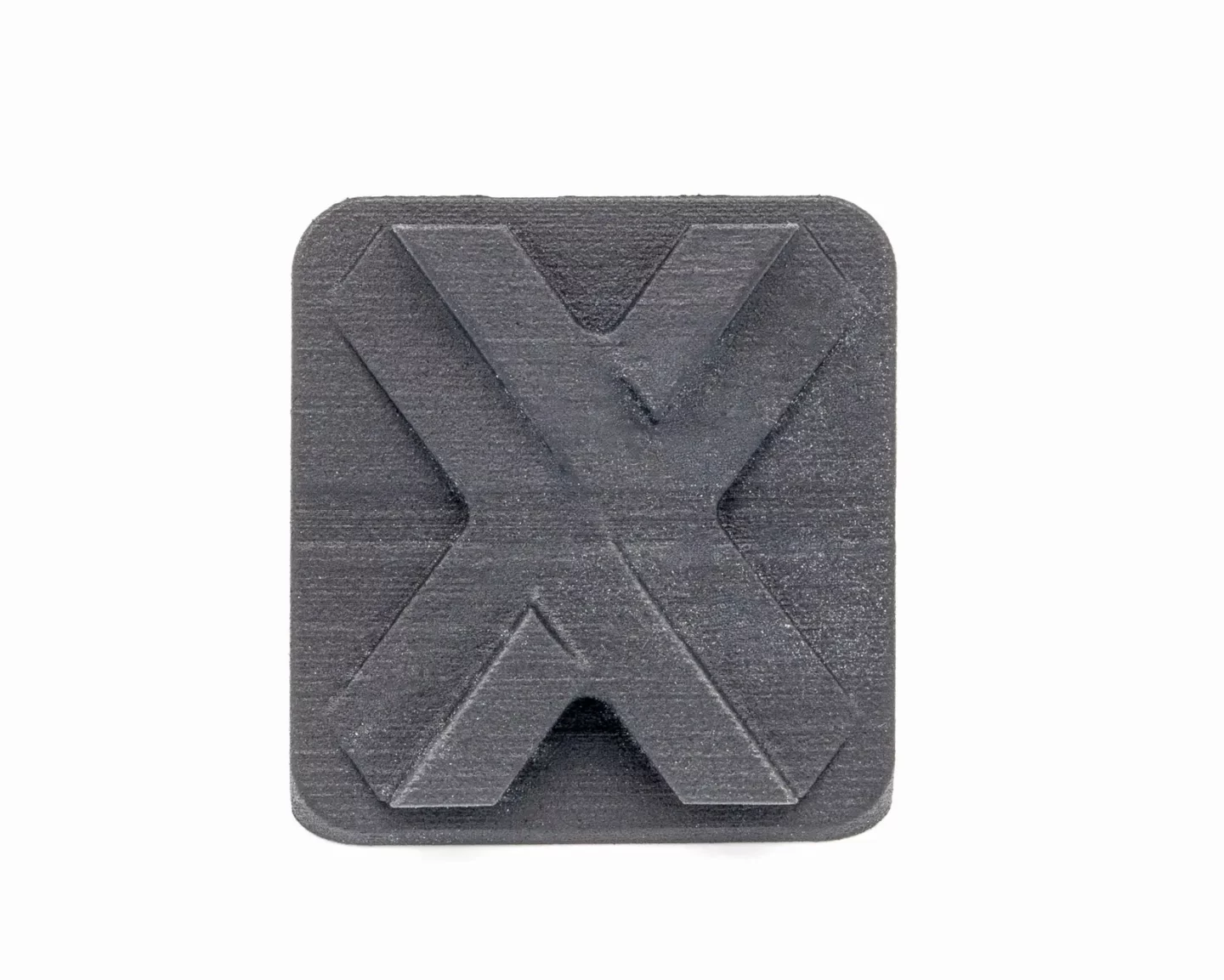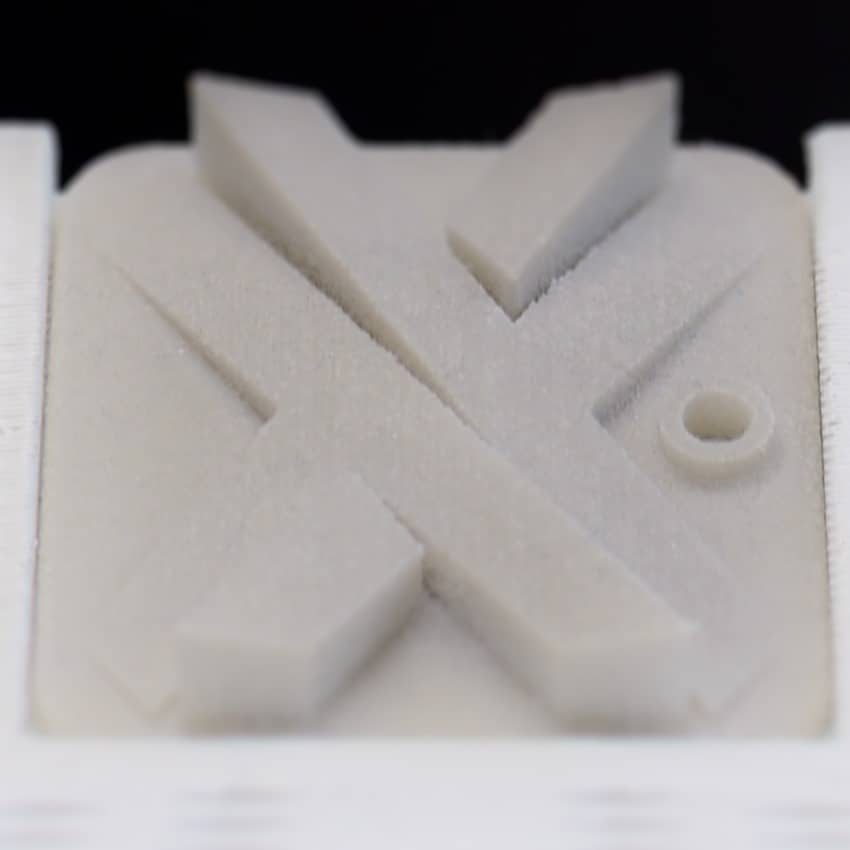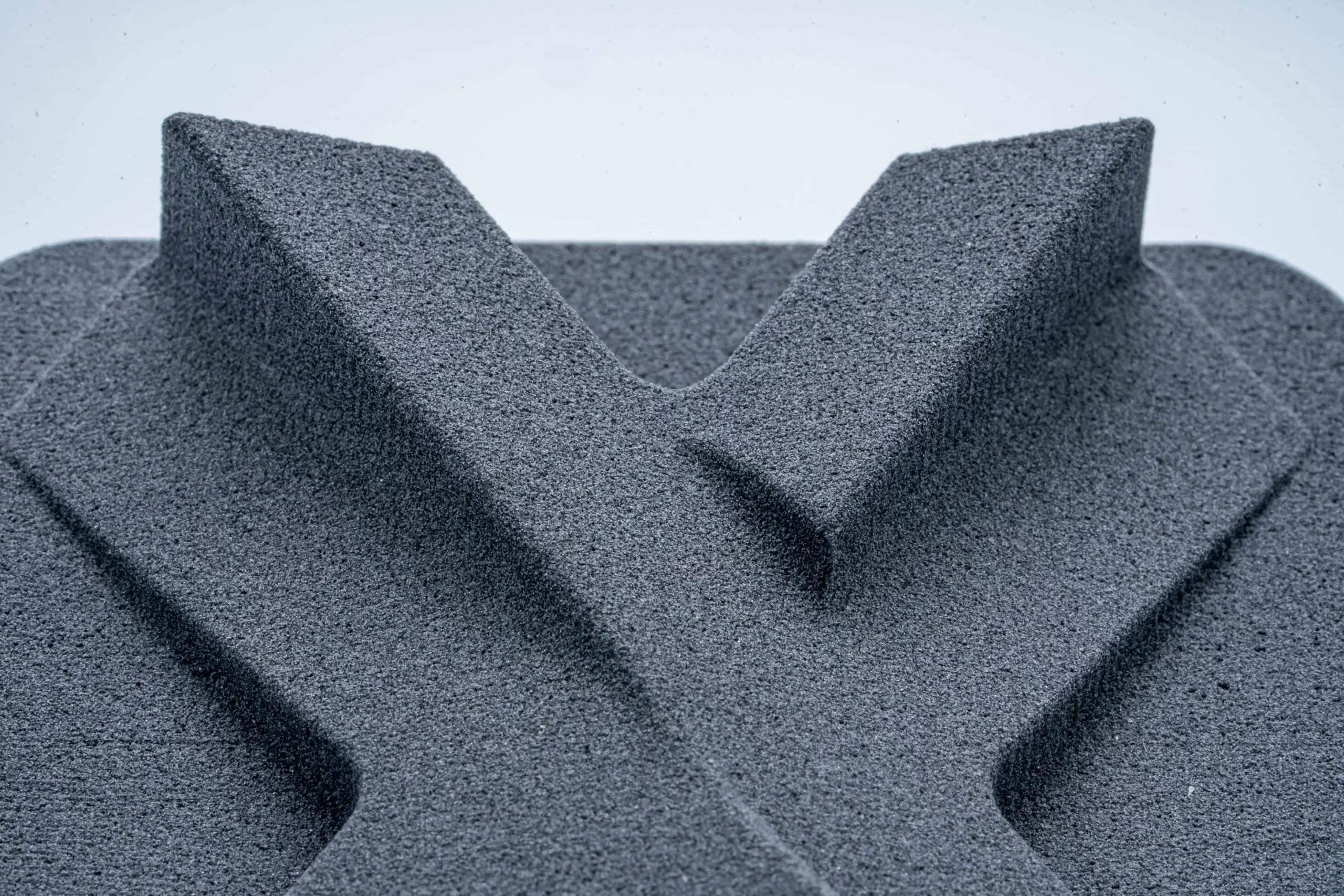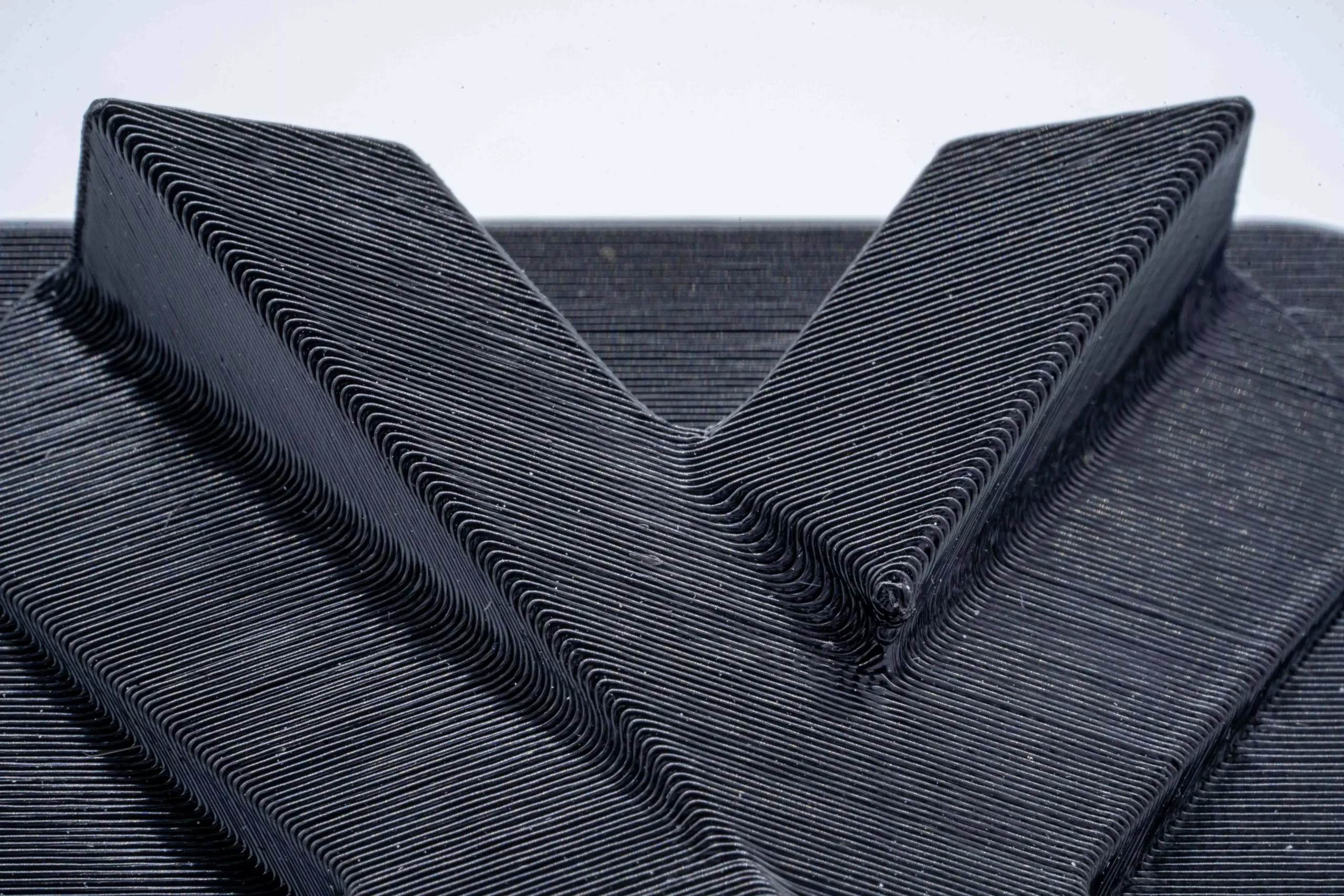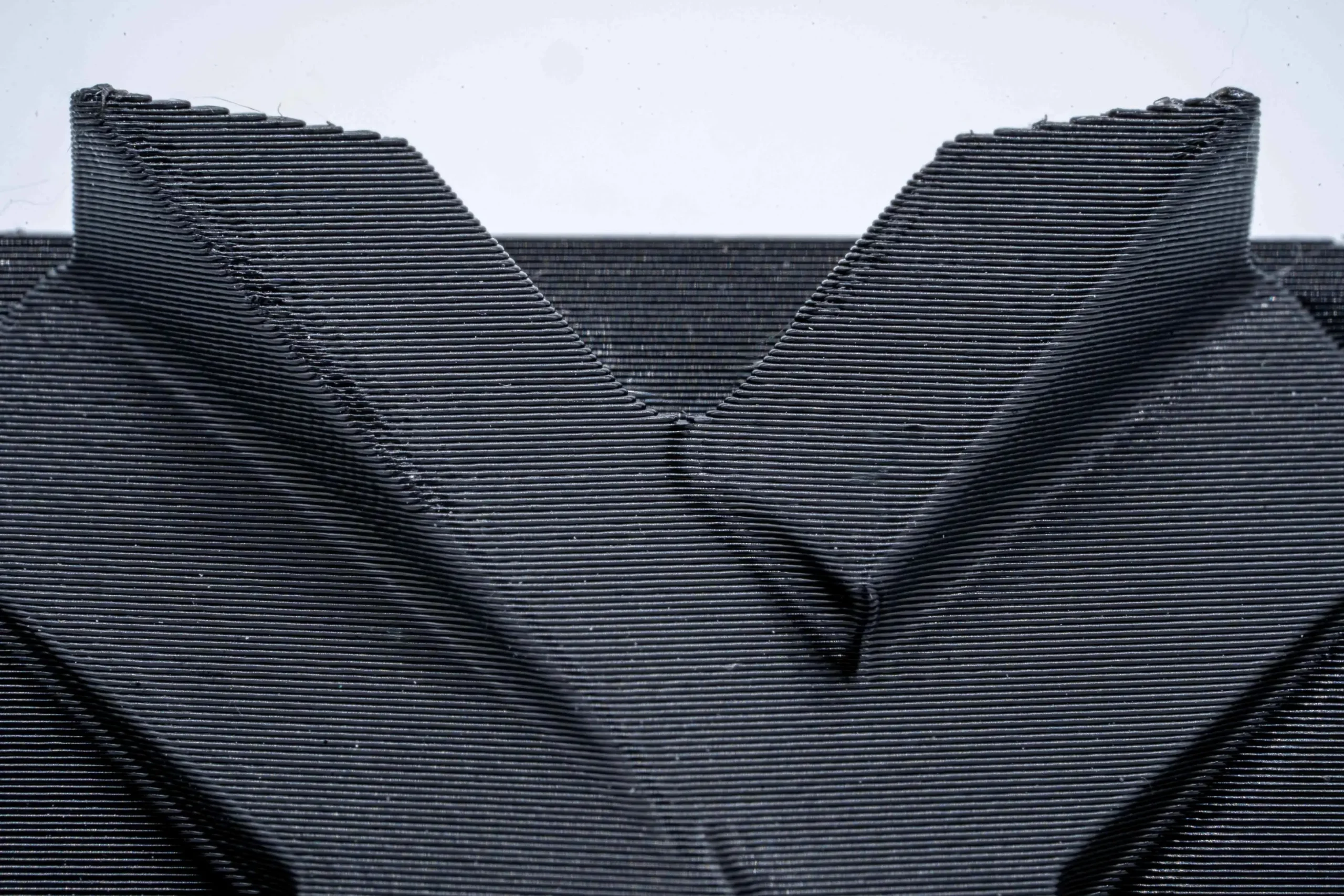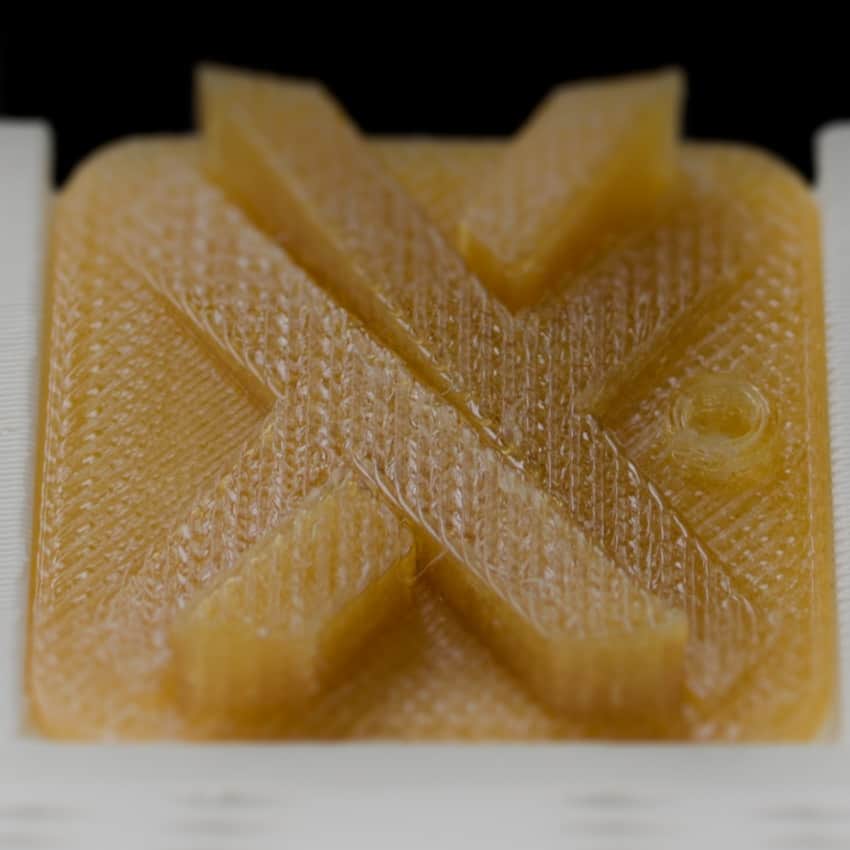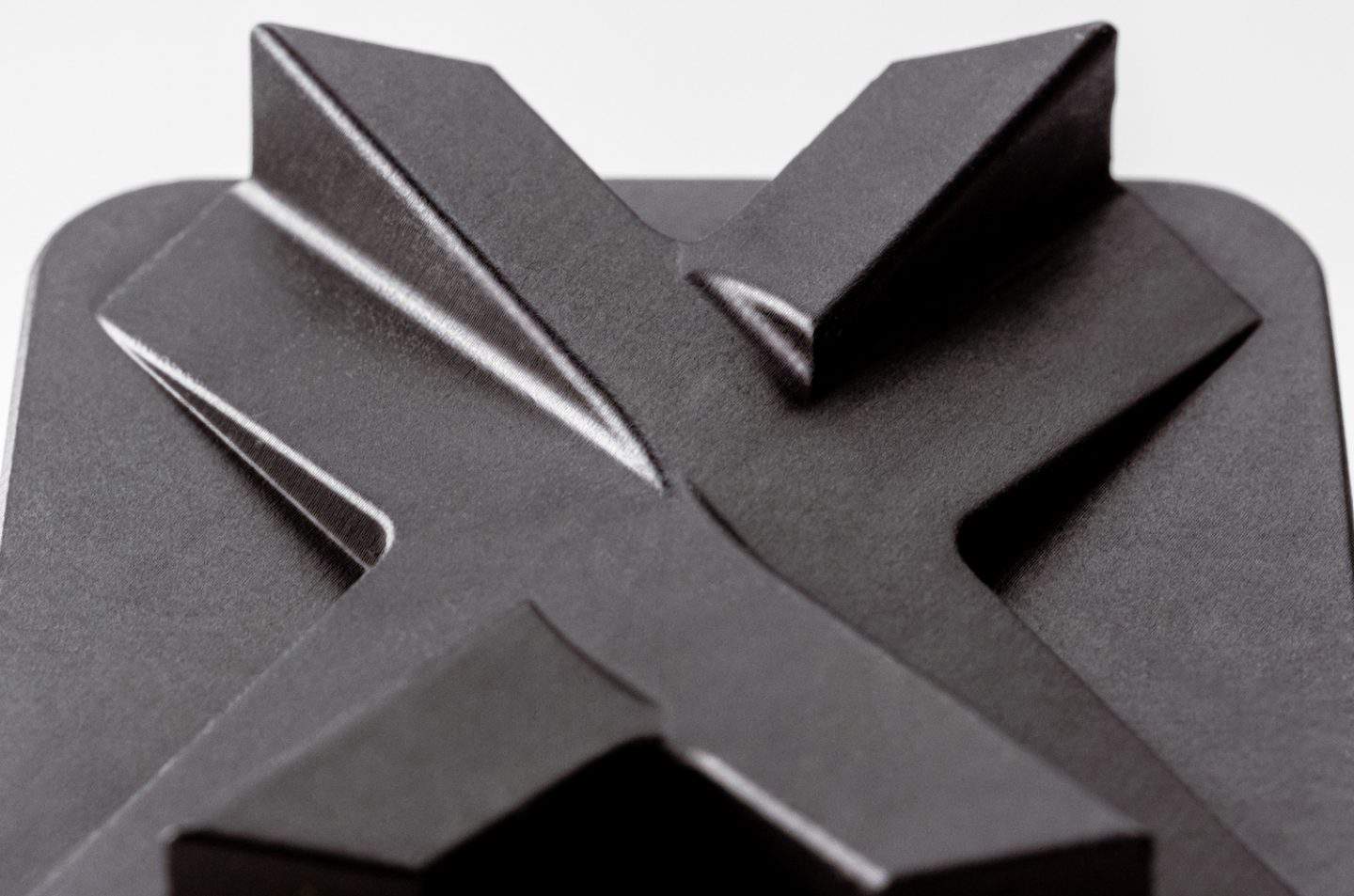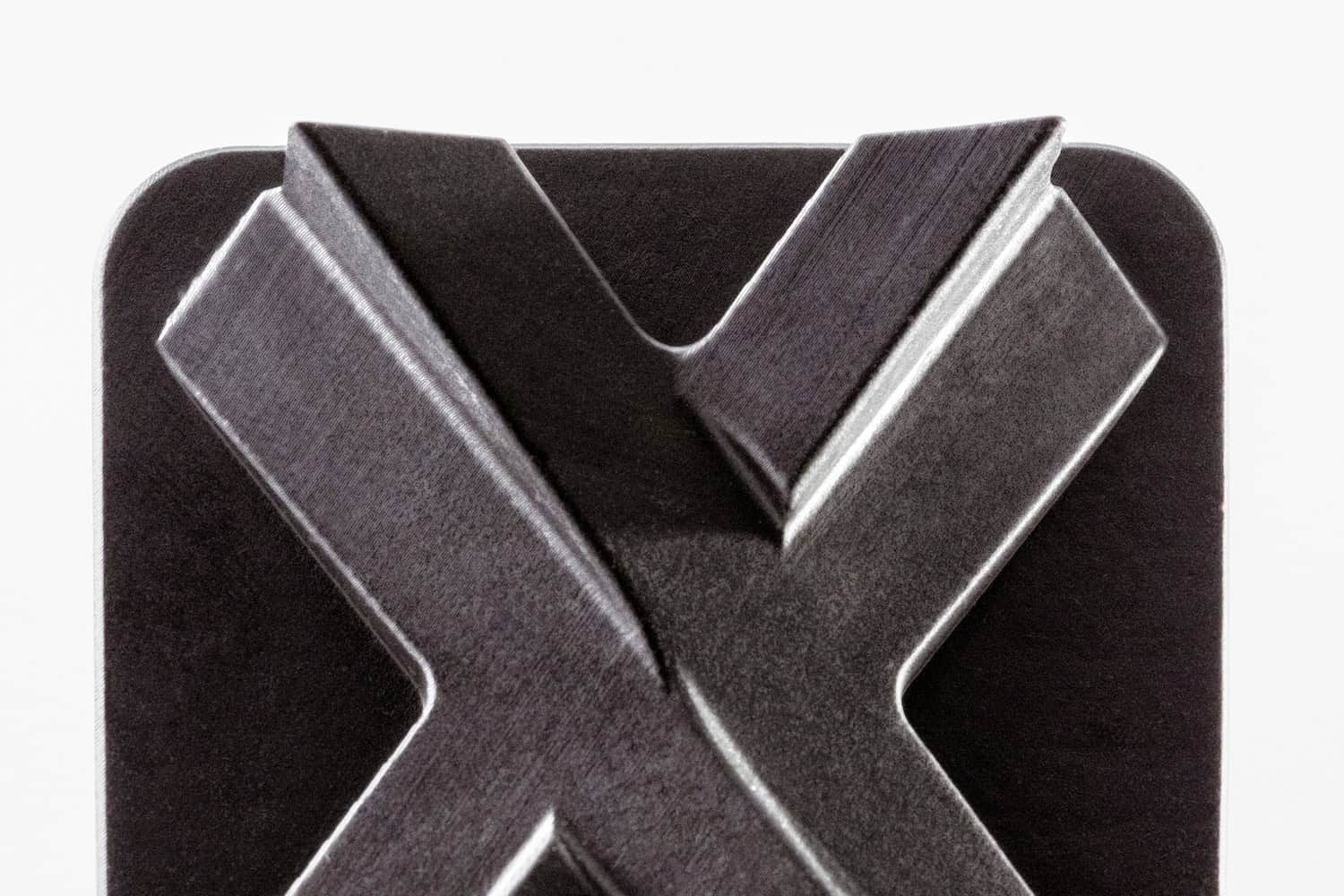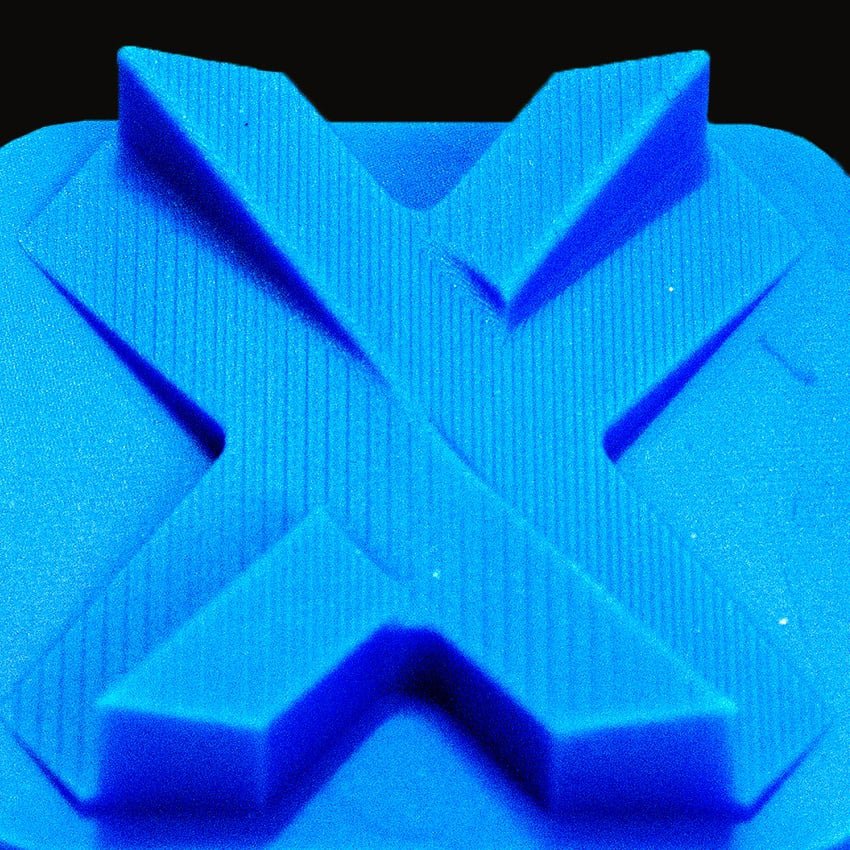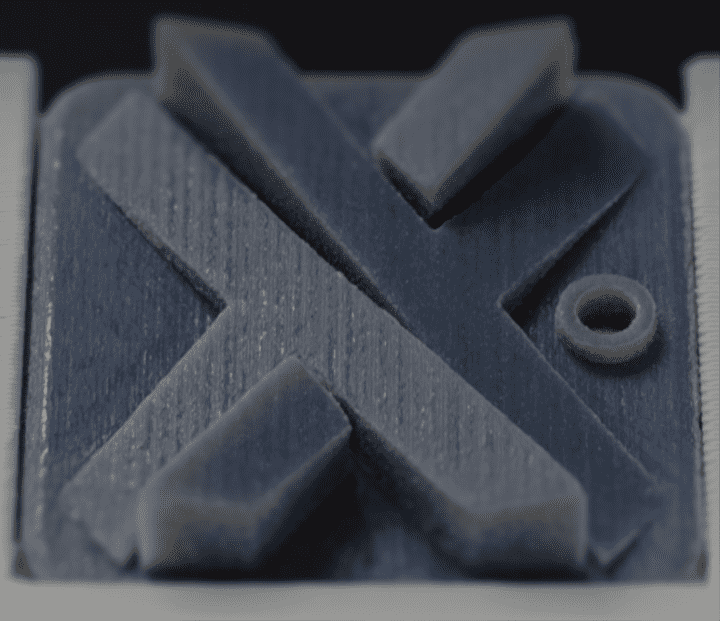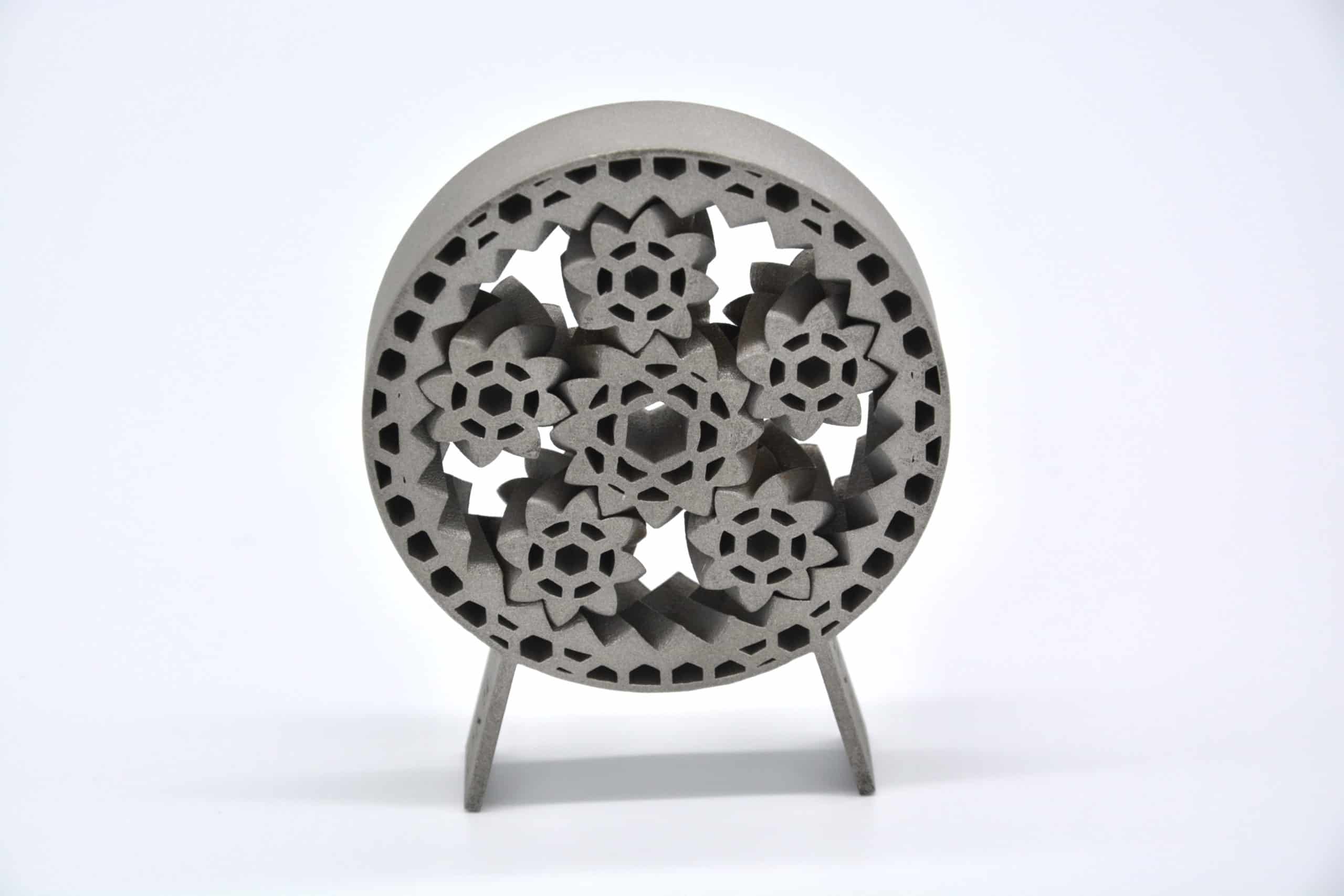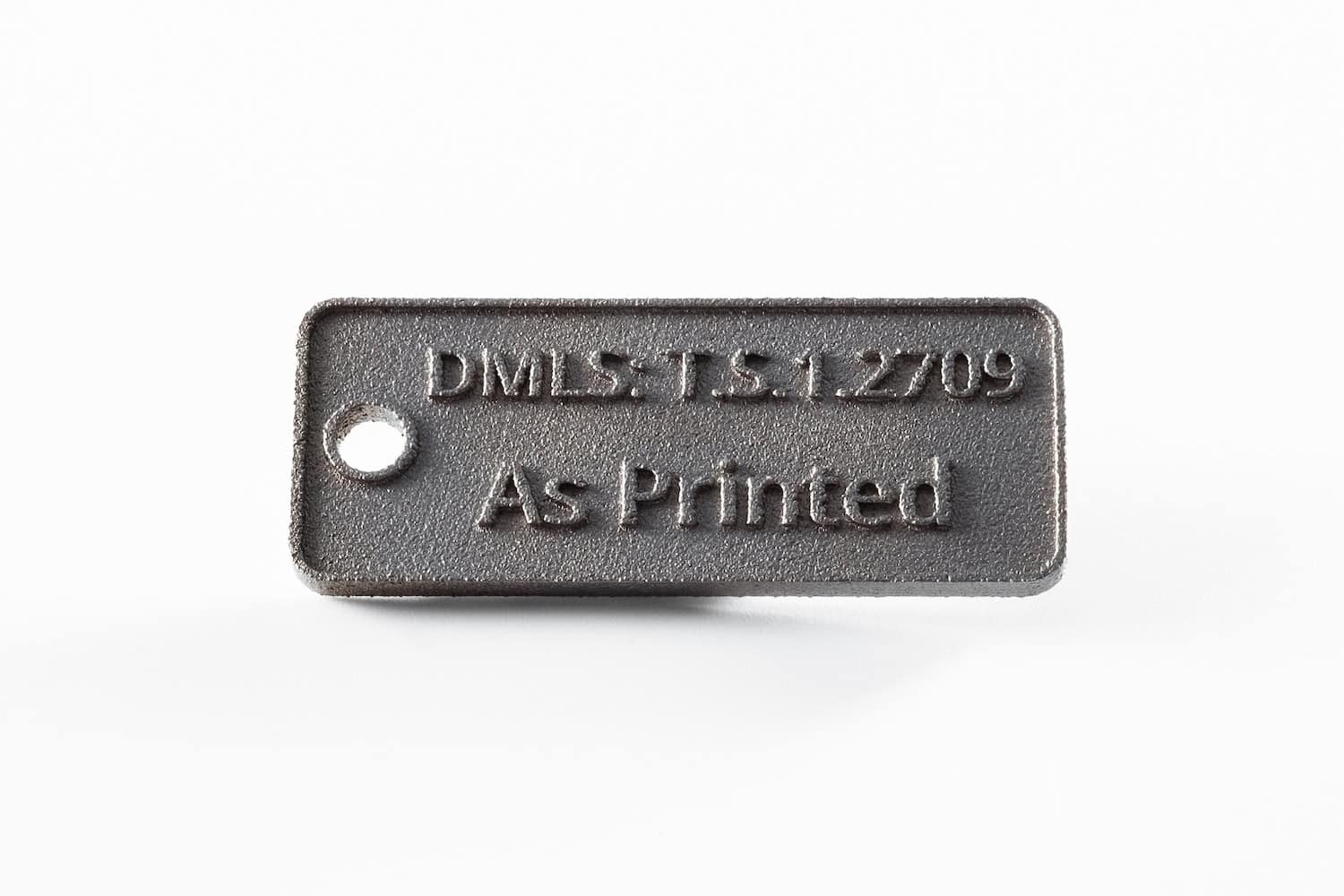0 materials match the selected parameters

Tip: You can refine your search by changing your project parameters and see personalised suggestions in real time.
Selective Laser Sintering
Selective Laser Sintering (SLS) 3D printing is one of the most widely used industrial additive manufacturing processes. Like MJF, SLS is used to produce strong, functional plastic parts.
HP Multi Jet Fusion
Multi Jet Fusion (MJF) 3D printing is one of the most widely used industrial additive manufacturing processes. Like SLS, MJF is used to produce strong, functional plastic parts.
Fused Deposition Modeling
Fused Deposition Modeling (FDM) 3D printing is cost-effective and widely known for its great material selection, accuracy, and the possibility to print large, functional plastic parts.
Stereolithography
Stereolithography (SLA) 3D printing utilizes light-curable thermoset resins to build highly accurate, high-resolution parts. Its surface finish is one of the highest standards in the industry and recommended for aesthetic prototypes.
Carbon DLS™
Carbon Digital Light Synthesis™ (DLS™) 3D printing uses light projection, programmable liquid resins, and oxygen-permeable optics to produce thermoset parts and asthetic propotypes with exceptional durability, resolution, and surface finish.
Polyjet
PolyJet 3D printing is a photopolymer technology that produces high-detailed models and aesthetic prototypes with incredible precision and speed using multiple materials and colors.
Direct Metal Laser Sintering
Direct Metal Laser Sintering (DMLS) 3D printing fuses together small particles of metal powder to create complex parts using a wide range of metals, from aluminium to stainless steel or nickel alloys like Inconel.
 Europe
Europe  Türkiye
Türkiye  United Kingdom
United Kingdom  Global
Global 

 Login with my Xometry account
Login with my Xometry account 


